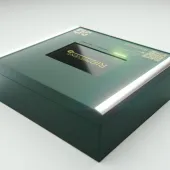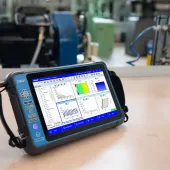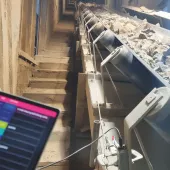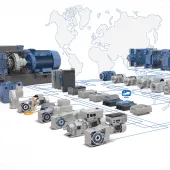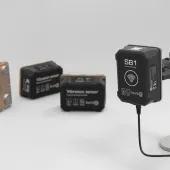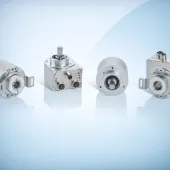Keeping ahead of the curve
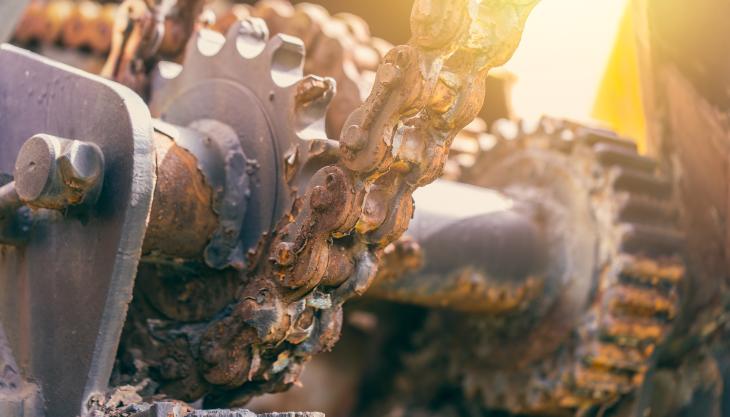
Does an aggressive manufacturing environment require a different approach to traditional condition monitoring?
MAINTENANCE managers working within ‘aggressive’ manufacturing environments do need to adopt a different approach to traditional condition-monitoring methods, says David Manning-Ohren, condition-monitoring manager at ERIKS UK & Ireland.
‘In order to be effective, condition monitoring needs to allow a window of opportunity in which corrective or preventative measures can be taken. Equipment that faces intense pressures, forces or temperatures has a sharper failure curve than equipment that does not,’ he says.
‘Any issues, therefore, are likely to occur quickly and have more of an impact. For this reason, traditional methods are unlikely to spot an issue until it’s too late, leading to the downtime and costs that condition monitoring was supposed to prevent.’
However, technology does exist to cope with the higher demands of an aggressive manufacturing environment. According to Mr Manning-Ohren, tools that use live, real-time data acquisition to keep on top of even small machine changes as they occur, for example, are particularly effective in aggressive environments.
‘Data acquisition is more useful than periodic portable monitoring,’ he says, ‘because it identifies alterations, such as an increase in dust, fluid or debris, before they become issues.’ He also advises maintenance managers in aggressive environments to do the following:
Define ‘aggressive’: What is aggressive in one context might not be in another. Cement dust on the floor of a cement plant is not aggressive, but cement dust in a bearing is.
Keep it clean: Keeping the factory floor as free of dust and other contaminants as possible will help to prolong the lifespan of equipment. Dampen down dust with sprays, or use extractor fans to remove it. Actions such as these make the aggressive environment smaller and more manageable.
Evaluate the location of equipment: Just because an asset is part of the process creating the aggressive environment, does not mean it physically needs to be there. For example, there are few applications in which it is impossible to create enough distance between a motor and a gearbox. Indeed, driveshafts of up to 10m in length are entirely possible if engineered in at the design stage.
Check assets have the right IP rating: Even the cleanest production lines spread contaminants, ultimately leading to the expansion of the aggressive environment. Make sure, therefore, that any component working as part of the process has the correct IP rating, whether or not it is based directly within the aggressive environment. If it only has a standard IP rating, it will not be long before its performance and reliability are affected.
Defend your assets:
A good defence should be the final step before implementing condition monitoring. Consider moulded oil bearings and super seals to increase protection against contaminant ingress. Automatic lubricators are also effective, because they place positive pressure on the lubricant within the bearing.



